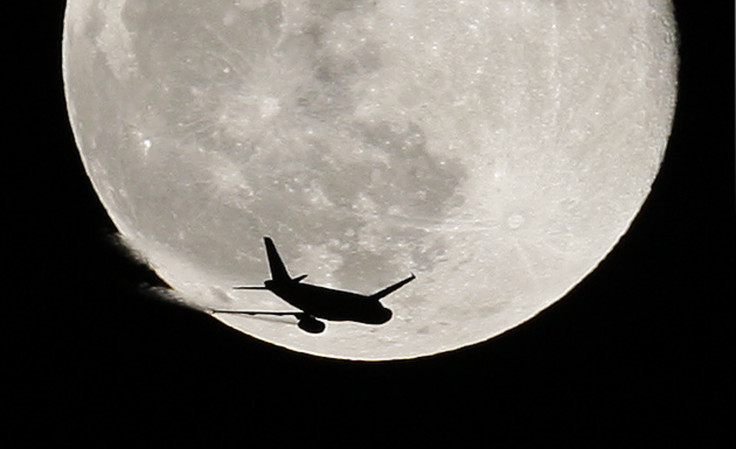Look Up: Full Worm Moon Brightens Night Sky This Week
KEY POINTS
- March's Full Worm Moon will reach its peak on Tuesday
- Among its other names is the Sore Eyes Moon
- There are other fascinating things to watch for in the sky this month
The March Moon is about to set the skies alight, as it reaches peak illumination this week. Skywatchers should get ready to get a glimpse of the Full Worm Moon along with bright planets in the sky.
This month's full moon will be at around 7:40 a.m. EST on Tuesday. Although the peak will be in the early hours of the day when the Moon might not be as easily visible, skywatchers do not need to worry because it will actually appear full for three days, starting from Sunday evening until Wednesday morning, according to NASA.
It may even reach until early Wednesday evening, the agency noted. This means that there will be more than enough time to enjoy the view of the final full moon of winter.
One of the March full moon's many traditional names is the Worm Moon. This was once believed to be because of the earthworms that tend to appear during the spring, The Old Farmer's Almanac said, noting that the worms' appearance ushers in the arrival of birds, thus signaling the beginning of Spring. However, it may have actually come from a different type of worm — beetle larvae.
This reportedly stemmed from the 1760s when Captain Jonathan Carver, on visiting North American tribes, noted the beetle larvae emerging from tree barks at this time of the year.
That is, however, just one of the March full moon's many names. It also goes by other names related to the seasons such as Wind Strong Moon (Pueblo) because of the windy days and the Sore Eyes Moon (Dakota, Lakota, Assiniboine) because of the way melting snow reflects sunlight at this time of the year.
As the winter slowly makes way for the Spring, periods of sunlight will keep lengthening, NASA noted. And later in the month, the March Equinox will signal the official beginning of Spring in the Northern Hemisphere or of Autumn in the Southern Hemisphere.
But for now, people may enjoy skywatching with the arrival of the Full Worm Moon. Although full moons tend to brighten the skies, thus obstructing quite a bit of the view, that doesn't mean that there's nothing else interesting to see along with the Moon.
For instance, on the evening of the full moon, March 7, Venus and Jupiter will also make appearances in the western sky, NASA noted, adding that Mars will also be present as the third brightest following the two other planets.
In fact, Jupiter and Venus will be visible in the west after sunset throughout the month of March, though they will be slowly drifting farther apart as the month progresses.
Dwarf planet Ceres will be making an appearance this month as well. As it is at opposition, it will be at its brightest for the entire year, NASA said. There won't even be any pressure for skywatchers to watch for it, as it will be visible "throughout the night" this month.

© Copyright IBTimes 2024. All rights reserved.






















